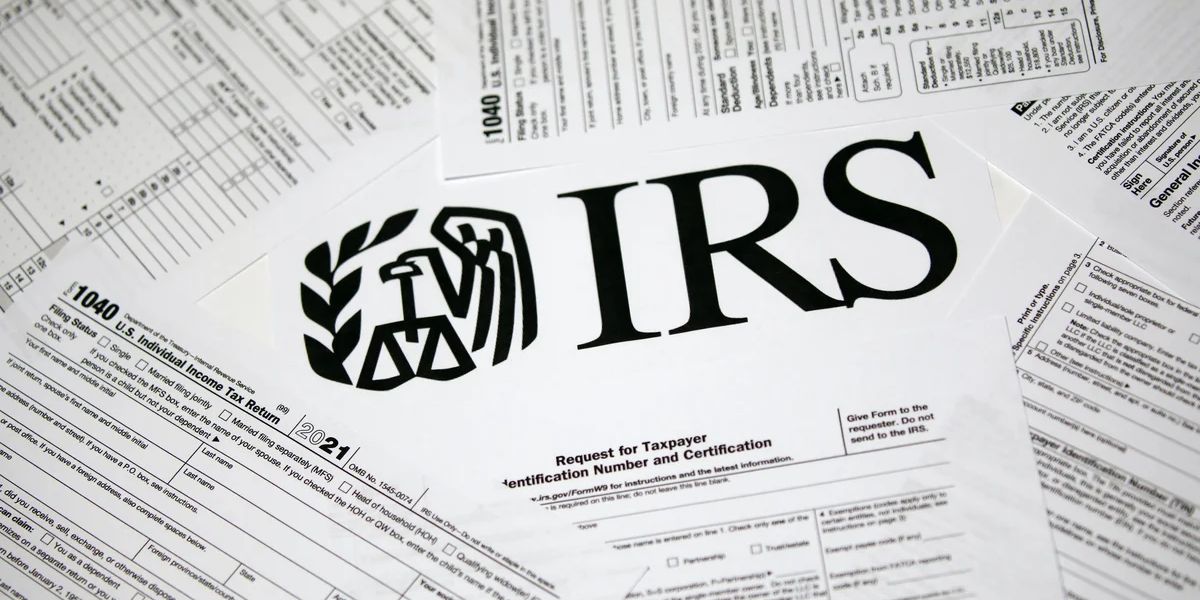Tax Day 2025 Payment: As Tax Day 2025 approaches on April 15, millions of Americans are preparing to file their returns. While many are due refunds, a growing number of taxpayers owe money to the IRS—and may not be able to pay the full amount by the deadline.
If you’re among those struggling to meet your tax obligation this year, don’t panic. The IRS offers several options to help you manage the payment and avoid severe penalties.
Growing Tax Debt in the U.S.
Recent data shows a rising trend in unpaid taxes. According to Civic Science, the percentage of Americans who owe the IRS has increased from 39% in 2021 to 43% in 2023. Falling behind on taxes can lead to wage garnishment, property liens, and even passport revocation in rare cases.
Fortunately, several solutions exist to avoid such consequences—if you act on time.
File Your Return Even If You Can’t Pay
70 Million Taxpayers Have Filed So Far — IRS Says There’s Still Time to Get Refund by April 15
One of the most important steps is to file your tax return on time, even if you can’t pay. This helps you avoid the failure-to-file penalty, which is more severe than the failure-to-pay penalty.
You can also request an extension to file (not to pay), which gives you until October 15, 2025, to submit your paperwork. However, you still need to make an estimated payment by April 15 to reduce penalties.
IRS Payment Plans for 2025
If you’re unable to pay the full tax amount upfront, the IRS offers flexible payment plans:
1. Short-Term Payment Plan
- Time limit: Up to 180 days
- Penalty: 0.5% monthly interest
- Total penalty cap: 25% of total tax due
- No setup fee if paid directly from bank
2. Long-Term Payment Plan (Installment Agreement)
- Duration: Up to 72 months
- Options for automatic withdrawals or manual payments
- Setup fees:
- $31 for online automatic payments
- $130 for manual payments online
- Up to $235 if arranged by phone or mail
Offer in Compromise (Settle for Less)
If your financial situation is extreme, you may apply for an Offer in Compromise (OIC). This allows you to settle your tax debt for less than the full amount.
However, getting approved is difficult. Only about 30,000 taxpayers are approved annually. The IRS will consider:
- Your income
- Your expenses
- Your ability to pay
- Your asset equity
Alternative Option: Personal Loans
If you don’t qualify for an IRS plan or OIC, consider a personal loan to cover your tax debt. For individuals with low credit scores, lenders like Avant offer loans up to $35,000, with repayment terms ranging from 12 to 60 months. This can be a viable solution if it helps avoid IRS penalties.
Compare interest rates and fees with the IRS penalties to determine the better option.
Missing your 2025 tax payment deadline doesn’t mean you’re out of options. The key is to act quickly and choose the right relief path—whether it’s an installment plan, a compromise offer, or a temporary loan.
By staying proactive and informed, you can avoid long-term financial damage and reduce IRS penalties.




